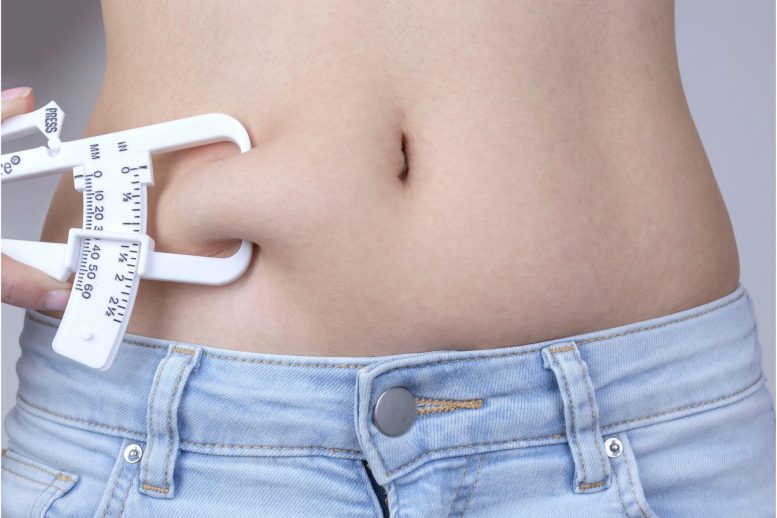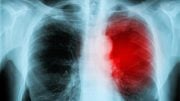
Research presented at the European Congress on Obesity suggests that the current BMI threshold for obesity (30 kg/m²) may not be suitable for older adults, recommending a lower cut-off of 27 kg/m². This adjustment could lead to more accurate health assessments and better management of obesity-related conditions among middle-aged and older populations.
The globally accepted threshold for obesity based on the body-mass index (BMI) might not be suitable for middle-aged and older adults (ages 40-80 years), according to a study recently presented at the European Congress on Obesity (ECO) in Venice, Italy.
Increased body-fat proportions in the over-40s suggest that a lower BMI (27 kg/m²) may be a more appropriate upper cut-off point, with values above this adjusted obesity threshold indicating an increased risk of adverse health outcomes.
Obesity is a chronic disease defined by excessive fat deposits, and its identification based on the amount of body fat appears to be the most accurate method, but the WHO relies on a BMI of 30 kg/m² as a universal indicator of obesity in white men and women of all ages. It is calculated by dividing an individual’s weight in kilograms by the square of their height in meters.
However, given the changes that occur to body composition with aging—such as an increase in body fat (with the maximum amount seen between age 50 and 60 years) and a decrease in lean mass (muscle, which declines by almost 5% each decade after the age of 30)—the use of the current BMI cut-off point as an indicator of obesity for all age groups may not be appropriate.
Study Methodology and Findings
To test the validity of the traditional WHO BMI cut-off for obesity classification in middle-aged and older Italians (i.e., BMI of 30 kg/m²), researchers from the University of Rome “Tor Vergata” and the University of Modena and Reggio Emilia in Italy and the Beirut Arab University in Lebanon, conducted a cross-sectional study involving 4,800 adults (61.5% women; aged 40-80 years) referred to the Division of Clinical Nutrition at the Department of Biomedicine and Prevention at the University of Rome “Tor Vergata.”
Individuals were excluded if they were pregnant, taking medication that affects body weight or composition, or had underlying medical conditions associated with weight loss (i.e., cancers) or severe psychiatric disorders.
Participants were classified according to current WHO BMI cut-offs—1,087 normal-weight (BMI 18.5-24.99 kg/m²), 1,826 overweight (25 kg/m²-29.9 kg/m²), and 1,887 individuals with obesity (30 kg/m² and above).
They were then recategorized by adiposity status based on the total body fat percentage (BF%) measured using dual x-ray absorptiometry (DXA) scans, according to age- and gender-specific obesity cut-off points (40–59 years: BF% 40% or higher for females and BF% 28% or higher for males; and 60–79 years: BF% 42% or higher for females and BF% 30% or higher for males). These BF% cut-offs are based on a widely used reference for defining obesity.
Researchers then assessed the diagnostic performance of BMI in detecting obesity defined by body fat percentage for all participants by age and gender to find the best sensitivity and specificity for predicting obesity in middle-aged and older adults.
Many participants with a BMI indicative of healthy weight were classified as having obesity when accounting for body fat percentage.
Ultimately, around 38% of men and 41% of women had a BMI of 30 kg/m² or above based on WHO criteria, indicating obesity. However, when assessed according to body fat percentage, around two-thirds of the men (71%) and women (64%) were considered as having obesity.
The researchers found that the most appropriate BMI cut-off point for identifying obesity in middle-aged and older adults based on body fat percentage was 27.08 kg/m² in females and 27.36 kg/m² in males, with a high degree of accuracy (a nearly 90% chance of detecting obesity).
The analysis showed that for men and women and younger and older age groups the ideal BMI cut-off for identifying obesity was the same, around 27 kg/m².
These new cut-off points also showed a high sensitivity (80.69%) and specificity (83.63%), indicating a low chance of false negatives and false positives.
Implications of New BMI Standards
Strikingly, only 57% of women considered to have obesity according to the new BMI cut-off (27 kg/m²) were correctly classified according to the WHO standard (30 kg/m²), so around 40% of women with obesity were missed. Similarly, around half of men with obesity were missed based on the current WHO threshold (30 kg/m²).
“Our real-world study in a clinical setting in Italy shows that the optimal BMI cut-off point (27 kg/m²) for adults aged over 40 is significantly lower than the widely used one-size-fits-all threshold (30 kg/m²),” says author Professor Marwan El Ghoch from the University of Modena and Reggio Emilia in Italy. “This new BMI cut off recognizes the physiological differences between middle-aged and older adults and younger populations. It’s likely that the changes in body composition across the lifespan, which seem to occur without a meaningful change in body weight, lead to higher adiposity at a lower BMI.”
Professor Antonino De Lorenzo, co-author from the University of Rome “Tor Vergata” in Italy adds, “If we continue to use the WHO standard for obesity screening, we will miss many middle-aged and older adults who are at risk for obesity-related diseases including type 2 diabetes, heart disease, and some cancers. Establishing this new BMI cut-off point in clinical settings and obesity guidelines will be beneficial to the potential health of millions of older adults.”
The authors point to some study limitations that could have influenced their results, including that it is a single-center cross-sectional observational study conducted in one area of Italy, so the findings might be not generalizable to other populations. They also note that they did not account for possible confounders such as dietary habits, physical activity patterns, and sleep health, all of which can increase the likelihood of obesity and may drive the differences seen between the age groups.
Meeting: European Congress on Obesity (ECO2024)









Be the first to comment on "Rethinking BMI: New Research Suggests Lower Obesity Threshold for Adults Over 40"